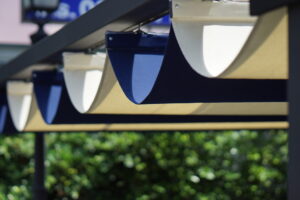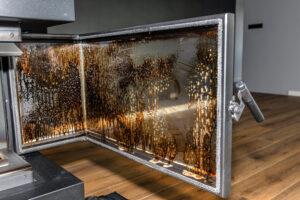
Top 5 Tips to Reduce & Control Outdoor Fire Pit Smoke
Installing an outdoor fire pit in your backyard is a great way to add warmth and ambiance to your outdoor living space. They not only
The key to keeping your fireplace running safely and efficiently is by routinely scheduling inspections, repairs, and maintenance. At New England Hearth & Home, our team of certified technicians can provide you with comprehensive fireplace maintenance & repair services tailored to the specific type of your hearth. We’ve got you covered whether you have a gas or electric fireplace!
The key to keeping your fireplace running safely and efficiently is by routinely scheduling inspections, repairs, and maintenance. At New England Hearth & Home, our team of certified technicians can provide you with comprehensive fireplace maintenance & repair services tailored to the specific type of your hearth. We’ve got you covered whether you have a gas, wood-burning, or electric fireplace!
When it comes to the safety and functionality of your hearth, don’t trust just anyone. Our experienced technicians are highly trained in all aspects of fireplace maintenance and repair. We can provide you with a thorough inspection of your unit, followed by any necessary repairs needed to get your fireplace back in brand-new condition.
Along with routine repairs and cleanings, seasonal fireplace maintenance is an essential step in preserving the longevity of your hearth.
Before you shut off your fireplace for the last time in the Winter, it is important to schedule an inspection with our technicians. We can help you close down your fireplace properly so that it is ready for Spring and the start of a new heating season.
As the temperature drops, it’s time to get your fireplace ready for another cold Winter. Our team can help you prepare your hearth by performing a full inspection, cleaning your unit, and making any repairs needed to ensure that it is running safely and efficiently all season.
Along with routine repairs and cleanings, seasonal fireplace maintenance is an essential step in preserving the longevity of your hearth.
Before you shut off your fireplace for the last time in the Winter, it is important to schedule an inspection with our technicians. We can help you close down your fireplace properly so that it is ready for Spring and the start of a new heating season.
As the temperature drops, it’s time to get your fireplace ready for another cold Winter. Our team can help you prepare your hearth by performing a full inspection, cleaning your unit, and making any repairs needed to ensure that it is running safely and efficiently all season.

Installing an outdoor fire pit in your backyard is a great way to add warmth and ambiance to your outdoor living space. They not only

Installing an awning onto your porch, deck, or patio can enhance the overall appearance of your outdoor space and provide much-needed shade and protection from

If your home has recently suffered a flood and your fireplace has filled with water, it can be a stressful and challenging situation to navigate.

Retractable awnings are the perfect addition to any outdoor living space, from patios, decks, and porches to sunrooms and pergolas. They provide shade and protection